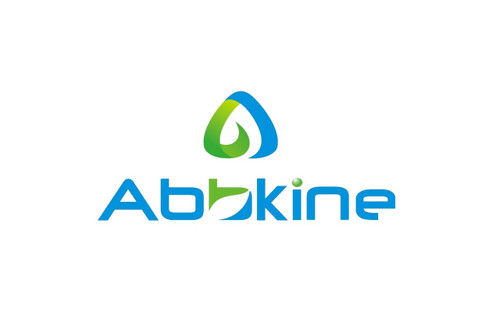Product Description
Mouse Nesprin-1 (SYNE1) ELISA Kit | AE16071MO | Abebio
Species Reactivity: Mouse (Mus musculus)
Abbreviation: SYNE1
Alternative Name: RP1-130E4.2; 8B; C6orf98; CPG2; DKFZp781J13156; EDMD4; FLJ30878; FLJ41140; KIAA0796; KIAA1262; KIAA1756; MYNE1; SCAR8; dJ45H2.2; OTTHUMP00000017438|enaptin|myocyte nuclear envelope protein 1|nesprin
Application: ELISA
Range: Request Information
Sensitivity: Request Information
Intra-Assay: ≤3.8%
Inter-Assay: ≤7.3%
Recovery: 1, 02
Sample Type: Serum, Plasma, Other biological fluids
Detection Method: Sandwich
Analysis Method : Quantitive
Test Principale: This assay employs a two-site sandwich ELISA to quantitate SYNE1 in samples. An antibody specific for SYNE1 has been pre-coated onto a microplate. Standards and samples are pipetted into the wells and anySYNE1 present is bound by the immobilized antibody. After removing any unbound substances, a biotin-conjugated antibody specific for SYNE1 is added to the wells. After washing, Streptavidin conjugated Horseradish Peroxidase (HRP) is added to the wells. Following a wash to remove any unbound avidin-enzyme reagent, a substrate solution is added to the wells and color develops in proportion to the amount of SYNE1 bound in the initial step. The color development is stopped and the intensity of the color is measured.
Product Overview: Enaptin is a nuclear envelope protein found in human myocytes and synapses, which is made up of 8, 797 amino acids. Post-translational amino acid modifications can be possible. Enaptin is involved in the maintenance of nuclear organization and structural integrity, tethering the cell nucleus to the cytoskeleton by interacting with the nuclear envelope and with F-actin in the cytoplasm. Enaptin has a remarkable structure with a coiled alpha-helical region and a large beta-sheet region in the upper part and at least four alpha-helices spliced together, indicating the similarity with collagen. The structural integrity of Enaptin can be shown by determining whether the protein forms a condensed supramolecule.
Stability: The stability of ELISA kit is determined by the loss rate of activity. The loss rate of this kit is less than 5% within the expiration date under appropriate storage condition. The loss rate was determined by accelerated thermal degradation test. Keep the kit at 37°C for 4 and 7 days, and compare O.D.values of the kit kept at 37°C with that of at recommended temperature. (referring from China Biological Products Standard, which was calculated by the Arrhenius equation. For ELISA kit, 4 days storage at 37°C can be considered as 6 months at 2 - 8°C, which means 7 days at 37°C equaling 12 months at 2 - 8°C) .
 Euro
Euro
 USD
USD
 British Pound
British Pound
 NULL
NULL








